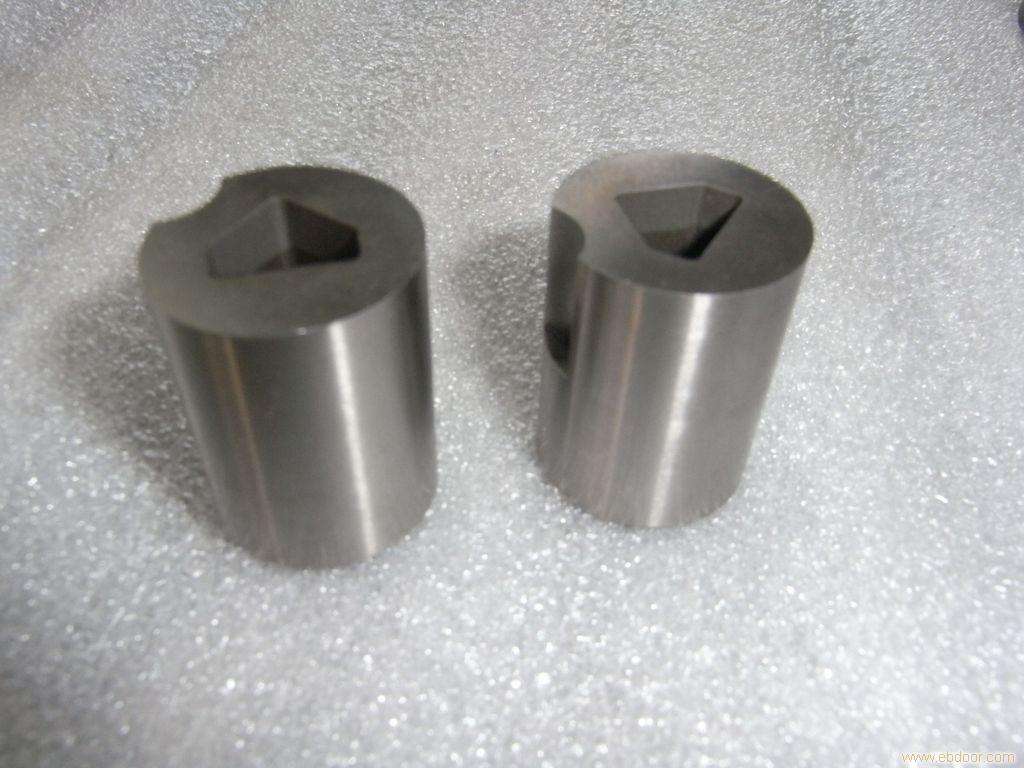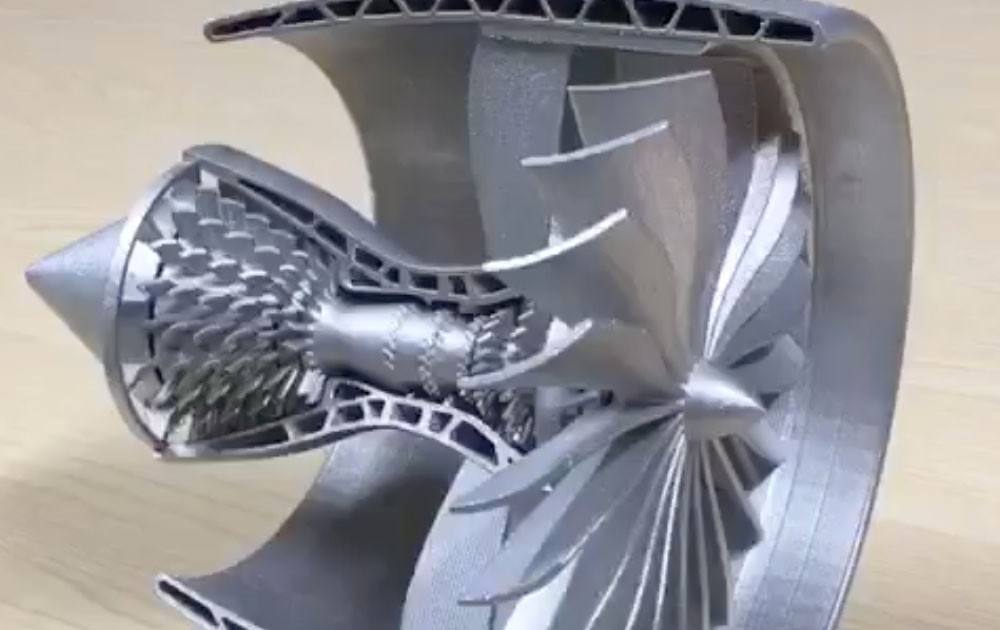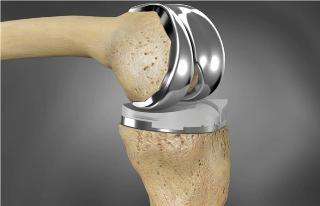
Generally speaking, metals with a melting point higher than 1650 ° C and a certain reserve (tungsten, lanthanum, molybdenum, niobium, tantalum, chromium, vanadium, zirconium and titanium), and metals with a melting point higher than the melting point of zirconium (1852 ° C) are called refractory metals. . An alloy formed by adding these other metals as a matrix is called a refractory metal alloy. The refractory metals used in the manufacture of structural materials resistant to temperatures above 1093 ° C (2000 ° F) are mainly tungsten, molybdenum, niobium and tantalum. Among refractory metal alloys, molybdenum alloy is the first alloy used as structural material. Mo-0.5Ti-0.1Zr-0.02C alloy has good high temperature strength and low temperature plasticity and is widely used in industry.
Character
The most important advantages of refractory metals are good high temperature strength and good corrosion resistance to molten alkali metals and vapors. The main disadvantage is the high temperature oxidation resistance. Tungsten and molybdenum have higher plastic-brittle transition temperatures and are difficult to plasticize at room temperature. The processability, weldability, low temperature ductility and oxidation resistance of niobium and tantalum are superior to those of molybdenum and tungsten.
Low temperature brittleness
The plastic-brittle transition temperature (hereinafter referred to as the transition temperature) is an important parameter for measuring the low temperature plasticity of refractory metals and their alloys (especially tungsten and molybdenum). Among the refractory metals, niobium has the best plasticity and the lowest transition temperature (below -196 ° C). The plasticity of the crucible is worse than that of molybdenum and tungsten. Tungsten has the worst room temperature plasticity and the highest transition temperature. The transition temperature of molybdenum is above and below room temperature. The effect of temperature on the plasticity of tungsten, tantalum, molybdenum and niobium is shown in the figure. The transition temperature is related to the stress state and deformation speed of the material, and also to the structure and surface state of the material. The addition of certain elements (especially ruthenium) and the relatively large amount of plastic processing are effective ways to improve the low temperature brittleness of tungsten and molybdenum. The interstitial element has a severe effect on the transition temperature of the refractory metal.
Antioxidant
Oxide volatilization and liquid oxides occur at temperatures between 1000 ° C and 725 ° C, respectively, and are often referred to as "disastrous" oxidation. Tantalum and niobium are heated in the air, and only when the temperature is higher than 200 ° C and 280 ° C, there is obvious oxidation; as the temperature increases, the niobium and tantalum oxide layers are cracked and powdered, and the oxidation resistance is deteriorated. In order to solve this key problem, two measures have been taken: one is to prepare an anti-oxidation alloy, and the other is to add an anti-oxidation protective coating, but none of them can produce a material that is used for a long time at about 1050 to 1250 ° C. A material that is used for a short period of time (minutes to several hours) at a high temperature of about 1400 to 1700 ° C after the addition of a protective coating. This material has been put into practical use on some spacecraft components.
Use
Before the mid-1940s, refractory metals were mainly produced by powder metallurgy. From the late 1940s to the early 1960s, due to the development of aerospace technology and atomic energy technology, the application of metallurgical technologies such as consumable arc furnaces and electron bombardments promoted the inclusion of refractory metals at 1093 to 2360 ° C or more. Development of high temperature resistant materials for use at high temperatures. This is a period of rapid development in the production of refractory metals and their alloys. After the 1960s, although refractory metals have defects such as toughness and poor oxidation resistance, they are limited in application in the aerospace industry, but they are still widely used in metallurgy, chemical, electronics, light source, machinery and other sectors. The main uses are:
1 used as an additive for steel and non-ferrous metal alloys, the amount of molybdenum and niobium used in this regard is about 4/5 of the total amount;
2 is used to manufacture hard alloys such as cutting tools, mining tools, and processing molds. Tungsten accounts for about 2/3 of the total amount. Thallium, bismuth and molybdenum are also important components of cemented carbides;
3 used as the filament, cathode, capacitor, contact material, etc. of the electronic, electric light source and electrical departments, in which the amount of germanium in the capacitor accounts for 2/3 of the total amount. In addition, it is also used in the manufacture of corrosion-resistant parts in the chemical sector, high-temperature and high-vacuum heating elements and heat shields, armor-piercing cores, radiation-proof materials, instrument components, hot-working tools and welding electrodes. In the 1950s, China used powder metallurgy to produce refractory metal products. Since the 1960s, it has been able to produce a variety of refractory metals and their alloy products.





